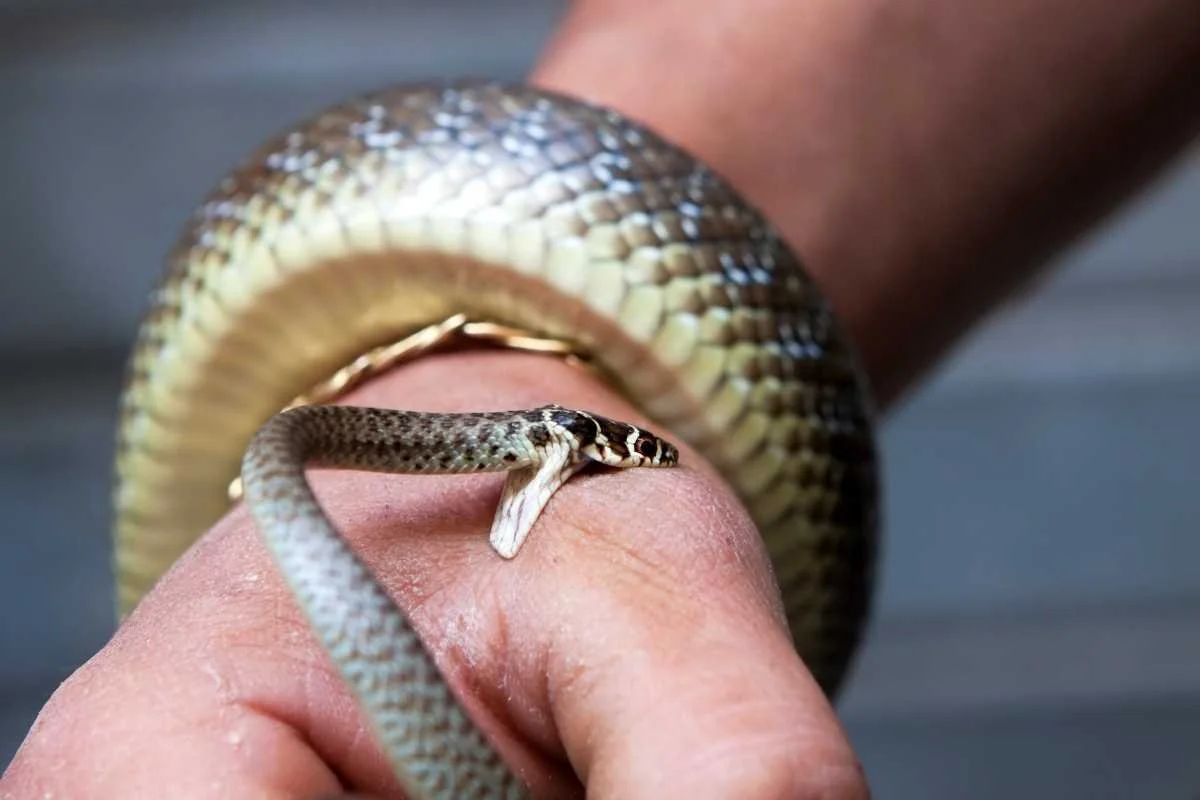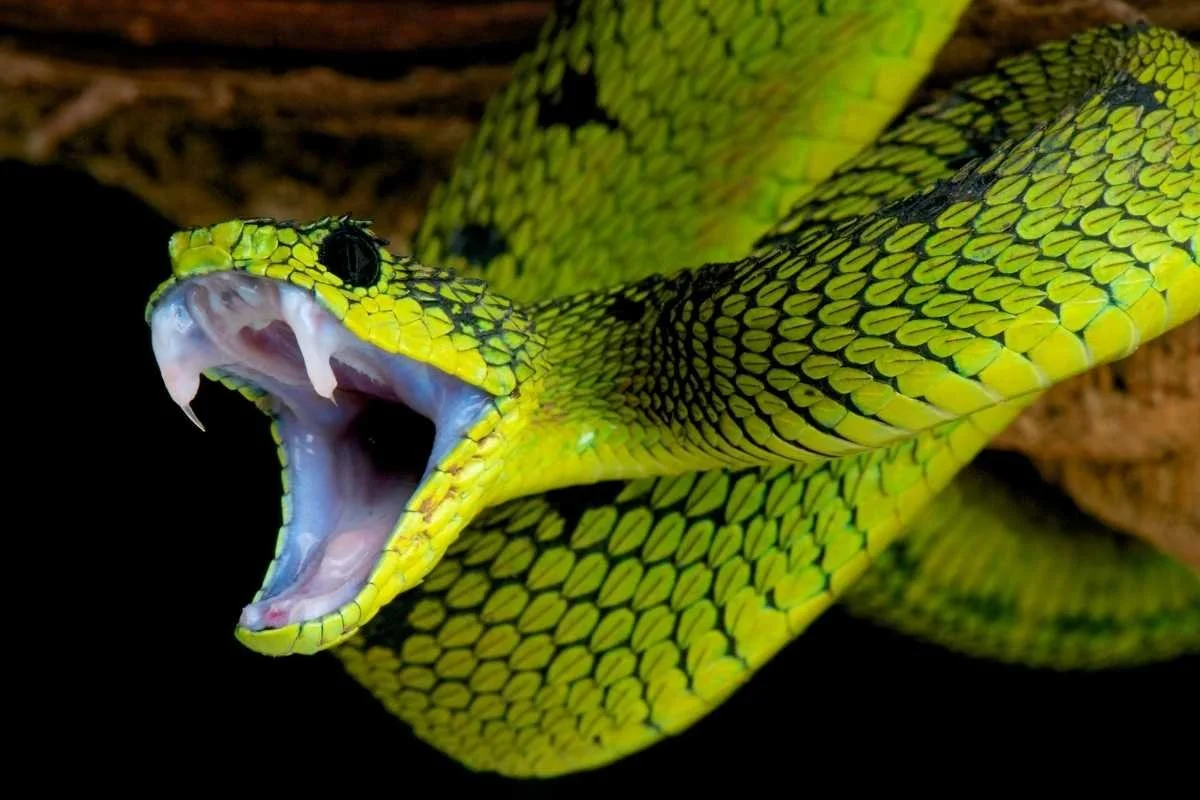Adults of this species of rattlesnake are darker than neonates, which may make it simpler for them to acquire heat. Rattlesnake may be providing heat for her young by letting neonates perch on and around her. Additionally, a rattlesnake's bigger size implies that she will accumulate and emit heat, maybe into the night while the family is snug in their haven. A newborn snake needs warmth to grow, lose its skin, and prepare to leave the nest and go hunting on its own. There are basically no natural predators of adult diamondbacks. Because of their tiny size and diversity of predators, neonate rattlesnakes are not as well protected; in certain locations, just 17% of the pups survive their first year.
Read MoreThe majority of snakes pose little threat to people. Only about 20% of the snakes in the United States are venomous. These include the copperhead, coral snake, water moccasin, and rattlesnake varieties in North America. Their bites may cause serious harm and sometimes even death.
Read MoreMost venomous snakes will avoid contact with something considerably larger than themselves, since they perceive it as a predator. The snake will likely get protective the moment you approach it. Just like you would if a person who was much bigger than you came at you aggressively and attempted to manhandle you. The snake will attempt to bite if it feels cornered.
Read More

